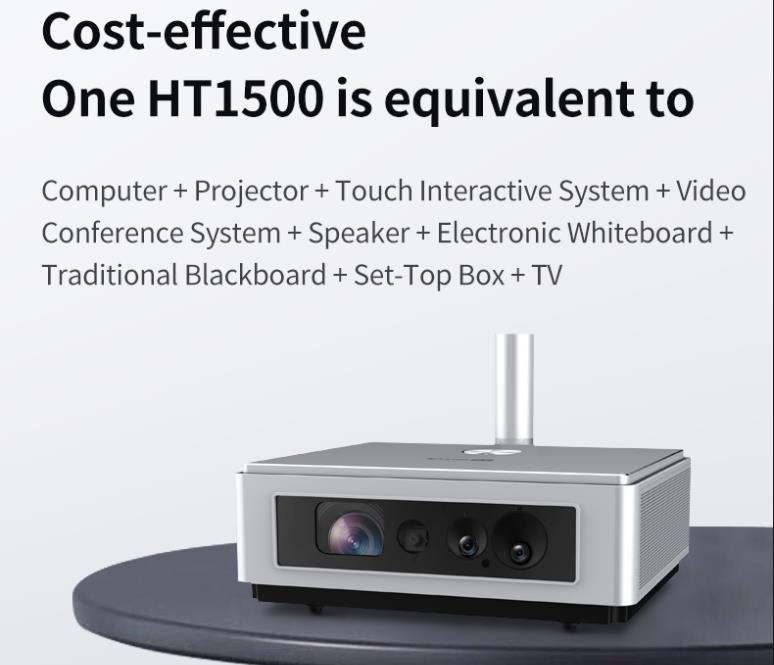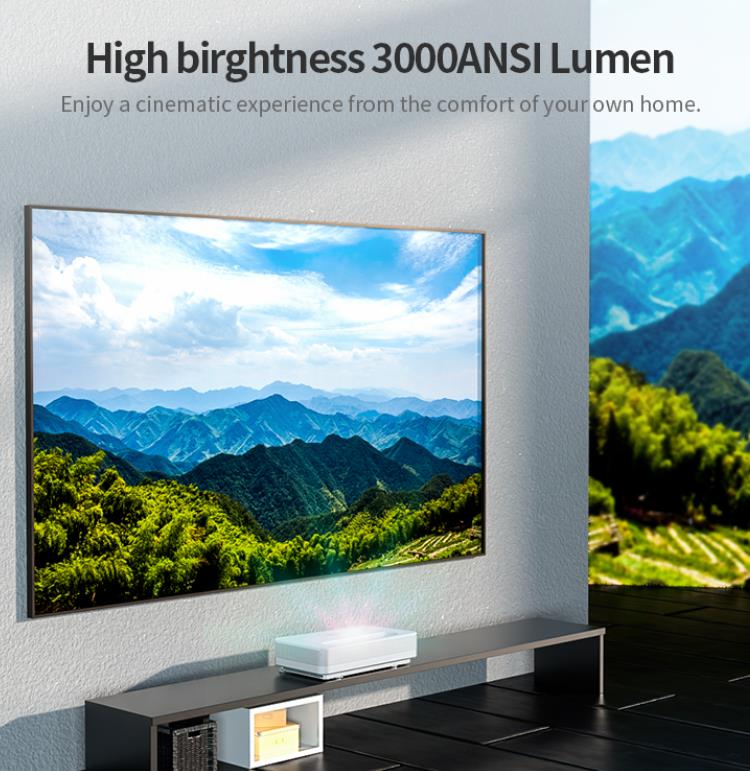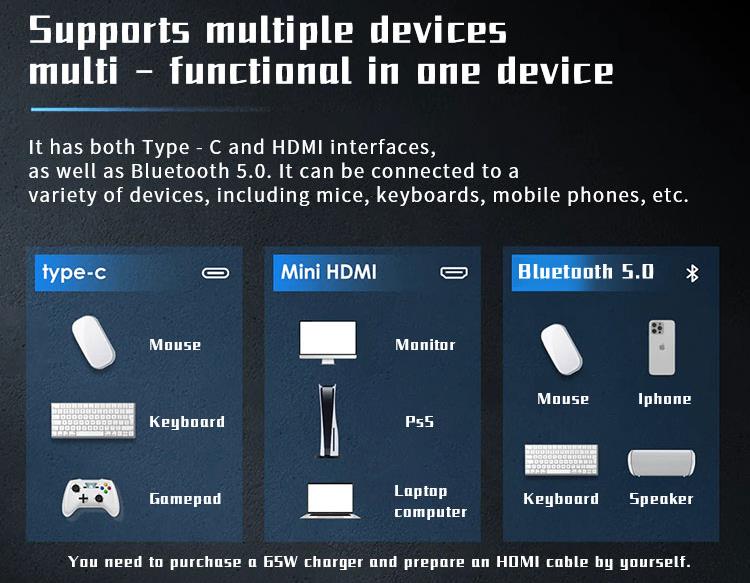- Select Language
The N60 PDA is a cutting-edge device for inventory...
One Device, Dual Functions – A Projector and a Com...
DLP projectors, with their crisp, razor-sharp image quality, compact design, and long-lasting performance, have become a top choice for both home entertainment and professional presentations. But how do they actually work? And how do they compare to other projection technologies like LCD and LCoS?

1. Understanding DLP Technology
At the heart of every DLP projector is the DLP chip, also known as a digital micromirror device (DMD), developed by Texas Instruments. This chip contains millions of micromirrors, each representing a pixel on the screen.
These micromirrors tilt rapidly (thousands of times per second) to reflect light toward or away from the projection lens, creating varying brightness levels.
Combined with a color generation method (typically a color wheel or separate RGB light sources), projectors can produce full-color images with high precision.
Light Sources for DLP Projectors
Modern DLP projectors use:
Traditional UHP lamps: Bright and affordable, but with a short lifespan (approximately 2,000-5,000 hours). LED: Energy-efficient, instant on/off, and long life (approximately 20,000+ hours).
Laser: Extremely bright, vibrant colors, and a lifespan of up to 30,000 hours.

2. Color Processing: Color Wheel vs. RGB Light Source
Most single-chip DLP projectors use a rotating color wheel (divided into red, green, blue, and sometimes white or cyan/magenta segments) to project colors sequentially. The human eye blends these rapid flashes into a full-color image.
High-end models may use triple RGB LEDs or a laser engine to eliminate the color wheel, increasing brightness and reducing the "rainbow effect" noticed by some viewers.
3. How DLP Compares to LCD and LCoS
| Feature | DLP | LCD | LCoS |
|---|---|---|---|
| Image Sharpness | Very sharp due to precise mirror control | Good, but can suffer from slight pixel gaps | Extremely sharp and smooth (best for detail) |
| Brightness | High, especially in single-chip designs | High, especially for large venues | Moderate, typically less than DLP |
| Contrast Ratio | Good, but not as deep as LCoS | Average, blacks can appear gray | Excellent, deep blacks |
| Color Accuracy | Excellent with RGB laser/LED, good with wheel | Good, but may require calibration | Excellent, natural tones |
| Lifespan | LED/Laser: 20,000–30,000 hrs; Lamp: 2,000–5,000 | Lamp: 2,000–5,000 hrs; Laser: up to 20,000 hrs | Similar to LCD |
| Maintenance | Low—sealed optical path resists dust | Higher—panels can attract dust | Higher cost of repair |
| Price Range (2025) | $400–$4,000+ | $300–$3,000+ | $1,000–$8,000+ |
4. Applications of DLP Projectors
Home Theater: Crisp 4K imagery, smooth motion, and compact designs make DLP a favorite among cinephiles.

Business Presentations: Brightness and portability are perfect for meeting rooms and conference centers.
Education: Dust-resistant sealed optics help DLP projectors withstand classroom environments.
Large-Venue Projection: High-brightness DLP models handle events, trade shows, and outdoor screenings.
Shift to Laser: More DLP projectors are moving toward laser light engines, offering brighter output and longer lifespans.
Portable 4K DLP Units: The rise of compact, battery-powered 4K DLP projectors for mobile entertainment.
HDR & Wider Color Gamuts: New models support HDR10/HLG, delivering more lifelike colors and contrast.
Hybrid Business Models: Projectors designed for both professional use and home streaming.
6. Final Thoughts
DLP technology remains a strong choice in 2025 for users who value sharp images, reliability, and low maintenance. While LCoS may lead in contrast and LCD in cost-effectiveness, DLP’s versatility—from portable projectors to high-end cinema—makes it one of the most adaptable projection technologies available.
If you’re choosing a projector this year, consider your priorities:
For sharpness and durability → DLP is hard to beat.
For deep blacks and cinematic tone → LCoS shines.
For budget-friendly brightness → LCD offers strong value.